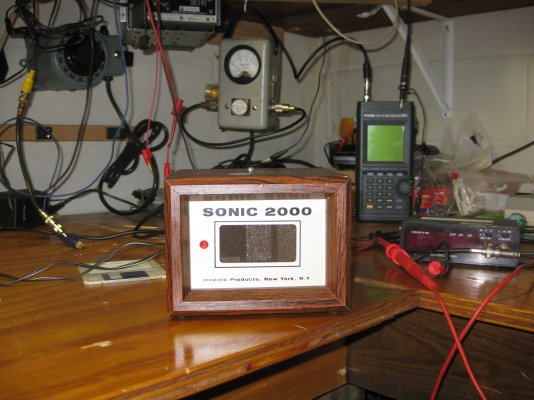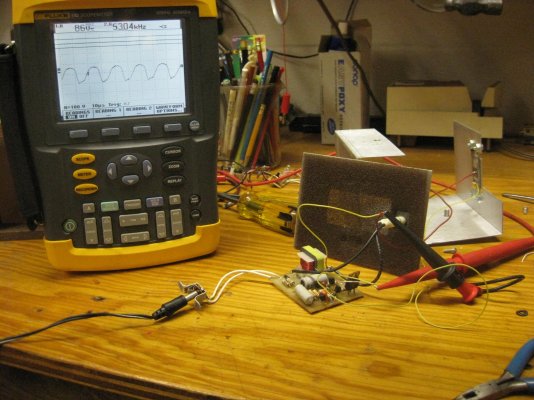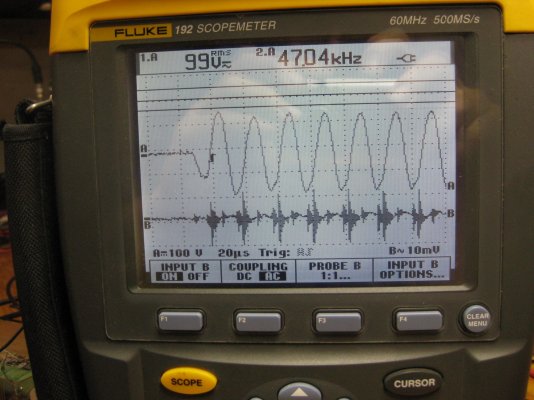Rustward
Thinks s/he gets paid by the post
- Joined
- Apr 19, 2006
- Messages
- 1,684
Although I grew up playing with vacuum tubes, I do not see myself going back to that any time soon. Well, maybe when I fully retire and have more time. Right now, antique electronics to me means individual transistors, dual-gate MOSFETs, ICs that are in DIP packages, TTL chips, Z80 and 68000 microprocessors, etc... These 30-yr old ICs take tremendous board areas and are awfully power hungry compared to SMD devices now, hence are antique to me.
I still have in my garage a venerable HP-141t spectrum analyzer which weights perhaps 50lbs. No tubes in that granddaddy, except for the CRT. All the circuits are solid-state, but the weight is because of the tremendous shielding that the thing has. For accessories, I have all the 3 plugins: HP8553 (1KHz-110MHz), HP8554 (100KHz-1250MHz), HP8555A (10MHz-18GHz). The IF is of course the HP8552B. I also have the HP8445B Preselector.
The above setup can still fetch some money, but no way I would want to sell it. Yes, even if I have a modern, lighter analyzer with a built-in tracking generator. That beauty and another piece of equipment, a lab grade signal generator, together cost me $50K when I bought them a few years ago. These are of course nowhere near top-of-the-line. For that, a top-notch best-money-can-buy spectrum analyzer with phase noise so low it brings tears to your eyes cost $99,500 back then.
PS. No, my memory was failing me. The analyzer was $25K and the signal generator was $15K for a total of $40K, not $50K.
This post reminds me of when I w*rkd at Mostek Corporation. Those were the days -- late 70's / early 80's. Mostek - Wikipedia, the free encyclopedia
The wikipedia article makes reference to fear, uncertainty, an doubt, aka FUD, which is attributed to Gene Amdahl Fear, uncertainty and doubt - Wikipedia, the free encyclopedia. I had the privilege of spending over a decade w*rking for Amdahl, and did have the opportunity to have dinner with Dr. Amdahl (me and five others that evening). Ok, well enough about me -- I doubt if anybody cares.






